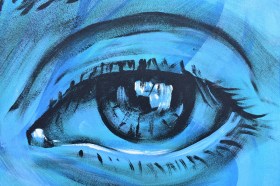In this FREE journey to creative recovery, we’re following Julia Cameron’s bestselling creativity self-help manual, The Artist’s Way, tracing the book’s 12-week program with a series of inspiring ArtsHub articles, resources and ideas for Artist Date activities. There’s also a Facebook community group you can join for discussion and support.
To recap, the idea with The Artist’s Way is to commit yourself to a structured creative recovery that will spark joy, remove blocks and build the confidence to play and take risks – whether you’re a professional artist or not. The main tools of the course are Morning Pages and Artist Dates. You can read previous articles here:
- Introduction: an invitation to change your life
- Week 1: Recovering a sense of safety
- Week 2: Recovering a sense of identity
- Week 3: Recovering a sense of power
- Week 4: Recovering a sense of integrity
- Week 5: Recovering a sense of possibility
- Week 6: Recovering a sense of abundance
Or you can jump right in and follow along, wherever you are in the process. Grab a copy of the book, start reading and look out for ArtsHub’s weekly articles, published each Monday.
Keep up to date with The Artist’s Way series here
Week 7: Connecting to your creativity
Are you listening to the voice of inspiration? What can you hear?
About a year ago, I heard a whisper in my head saying that it may be fun, one day, to write about The Artist’s Way – how I’d used the program to overcome crippling insecurities and procrastination. I parked the idea as a “never-never project”, but the whisper turned to a shout when research showed a hunger for some ArtsHub articles focusing on the early stages of the creative process.
Julia Cameron would call this “synchronicity” or God, and it does feel a little bit mystical – that a fanciful idea popping into my head could turn into a series of articles (that I’m paid to write!) as well as a wonderful Facebook community of 500-plus people.
All new ventures begin with a fanciful idea or a vague longing – an urge that can’t be expressed any other way until it is. This week’s chapter tells us that if we’re able to turn the volume down on our inner critic, we’ll hear the inspiration that’s trying to break through on the other radio channel. The readings and exercises are all about developing those inner receptive skills, which Cameron says are just as important as the more active skills, like art-making, editing, or performing and sharing our work.
Inspiration as creative electricity

Inspiration comes when we are open and ready for it. Morning Pages and Artist Dates are all about developing this receptive capacity. As we progress, we learn to challenge the destructive inner censor that tells us we are silly, childish or incompetent. We learn to tap into a wiser and more playful intuition that is more about listening than it is about striving. ‘The brush takes the next stroke.’
Cameron talks about the difference between ‘thinking something up’ and ‘getting something down’ – a subtle but profound paradigm shift that can transform your process: ‘If we are trying to think something up, we are straining to reach for something beyond our grasp… When we get something down, there is no strain… Someone or something else is doing the doing. Instead of reaching for inventions, we are engaged in listening.’
She says that being an artist is an act of ‘tuning in and dropping down the well’ into a subterranean river of creative ideas as though all the stories, painting, music, performances in the world live just under the surface of our normal consciousness.’
It follows then that all the great and prolific artists are the ones who are able to drop in and keep this channel open – in healthy instead of self-destructive ways. History is littered with examples of creative people who couldn’t open the channel or contact the muse without alcohol, drugs or other extreme experiences. But Cameron is here to say it can be done sober – something I try remember when I’m tempted to pour a fortifying G&T before a scary evening writing session.
Perfectionism
Are you a perfectionist, or do you just have high standards? Are you a perfectionist, or do you just have to get this bit right before you let yourself move on?
The tricky thing about perfectionism is that it masks itself as a love of quality, excellence and attention to detail, which are all necessary and important – but not in the early stages of inspiration and creative expression! In her excellent book on creative living without fear, Big Magic, Elizabeth Gilbert calls perfectionism ‘fear in high heels’.
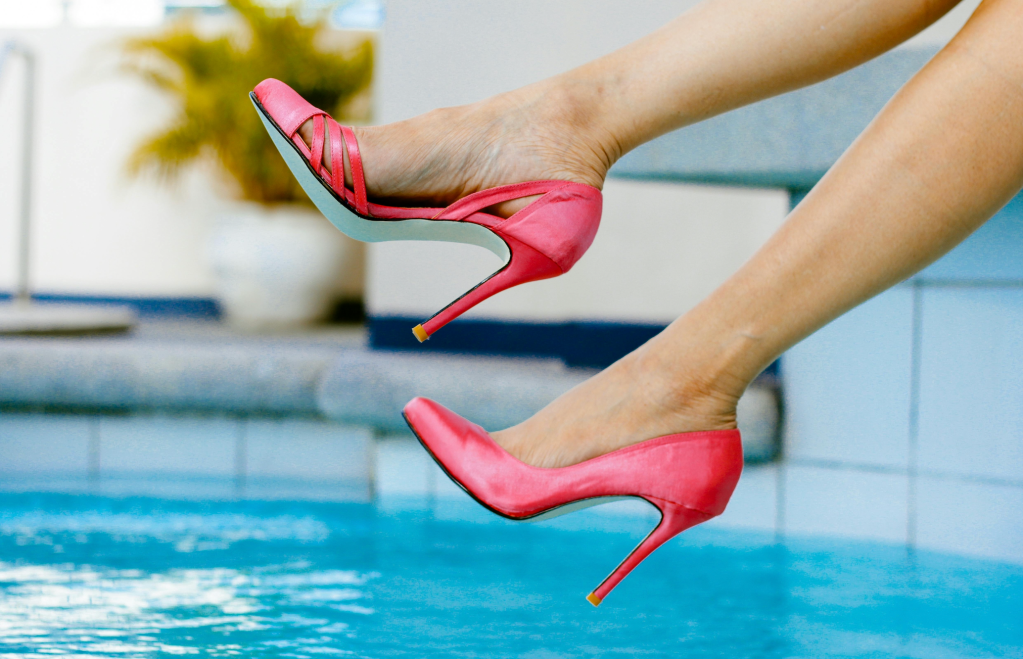
The work we do on challenging our own perfectionism this week could change the game for us, free us up to make more art (and mess and mistakes) and have more fun along the way. Letting go of perfectionism may help us finish a draft, submit some work for a prize or just have a go at something new.
Cameron says that perfectionism has nothing to do with high standards, but is instead a refusal to let yourself move ahead. ‘It is a loop – an obsessive, debilitating closed system that causes you to get stuck in the details of what you are writing or painting or making and to lose sight of the whole.’
Right now, I’m trying to chop 20,000 words from my manuscript so I’m killing a lot of my novel’s darlings. I’m trashing pages and pages of finely wrought (overwrought?) “lyrical prose” that just weigh my story down. It’s almost funny when I look back now and remember entire days spent writing and rewriting one or two paragraphs that are now entirely redundant. Perhaps that was a necessary part of the process, a generative meditation and chewing on my cud. Or maybe, I was just too scared to move forwards – unable to let alone a “good enough” sentence and trust that mistakes could be fixed later, when the story arc was right.
‘The critic reigns supreme in the perfectionist’s creative household,’ writes Cameron. ‘The perfectionist never says, “This is pretty good. I think I’ll just keep going.”‘ Cameron calls perfectionism a form of egotism and pride, because people, and works of art, can never actually be perfect; they are just done when they’re done, flaws and all. It takes discernment and humility to know when it’s time to let go.
Risk: be more like Bowie!
What would you do if you didn’t have to do it perfectly? This is a galvanising question and worth asking yourself. ‘If I didn’t have to do it perfectly I may try…’ Here are a few of mine:
- life drawing
- writing a screenplay
- video editing
- using Canva
- advertising myself as a Tarot reader
- opening a small business offering creative coaching, and
- taking dance lessons.
Writing this down makes it look easy. Why don’t I just have go? Maybe I will. But trying anything new is a risk and requires letting go of perfectionism. Unless we have beginner’s luck, we’re going to be bad at things at first, which is why we tend to try and repeat past successes, instead of expanding our range.
An artist like David Bowie was extraordinary precisely because he kept experimenting, expanding into new art forms, like acting and painting. He was prepared to be weird and to disappoint fans. He famously said in an interview:
‘Never play to the gallery. Never work for other people in what you do. Always remember that the reason you initially started working was there was something inside yourself that, if you could manifest it, you felt you would understand more about yourself. I think it’s terribly dangerous for an artist to fulfil other people’s expectations.’
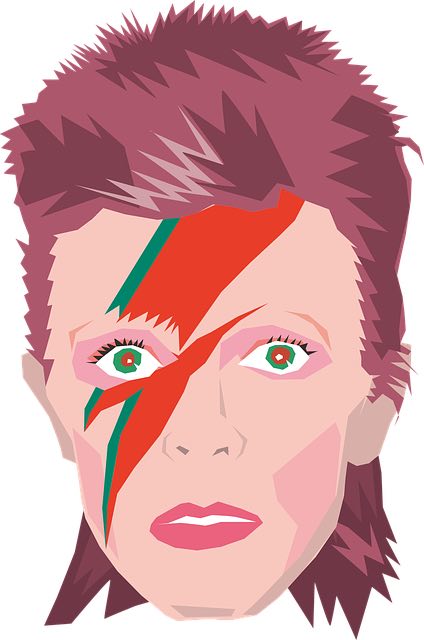
Jealousy
Jealousy is a tough-love friend and sadly I know her well. As a polyamorous person, jealousy is par for the course, from time to time. The green-eyed monster can rear her head quite spectacularly, and she can be very scary and nasty. (I call her “she” because she is me, and one of the muses of my novel, Double Happiness, which tackles the subject of romantic jealousy in non-monogamy.)
But any kind of jealousy, as Julia Cameron writes, can be a roadmap to what we really desire and what we really fear. Admitting our jealousy and letting it exist without cringing in shame is part of defusing the bomb. Instead of finding other reasons to hate or dismiss the person we’re jealous of, we should look at what they have or represent and what that says about what we lack or need.
Perhaps there’s an actor who wins all the roles you covet. She lives in an Instagram paradise and seems to produce work without any angst. Instead of calling her a bad actor with dodgy plastic surgery, why not look at what you covet and take steps towards fulfilling those needs yourself?
Jealousy presents us with a scarcity model of the world. It tells us there is only room for one. One love, one winner, one success story. Jealousy doesn’t allow for abundance – the magic pudding instead of the finite pie. It blinds us to our own options and our power in any situation. Don’t skip out on the Jealousy Map exercise this week, because it will show you some things you need to see.
My journey with The Artist’s Way this week
I’m tired and wired. Too much coffee and not enough time away from the desk this month, as I try to hit my deadline. But I’m also feeling oddly energised and empowered and I can’t help thinking The Artist’s Way is helping.
One of the tasks this week is to make a mantra of the phrase: ‘Treating myself like a precious object will make me strong.’ And I’ve been thinking a lot about authentic luxuries after last week’s chapter. I’m noticing how good it feels to incorporate these principles. Using some birthday money, I splashed out on not just one, but two pairs of soft and comfortable winter pyjamas to get me through the most difficult season, because being warm in bed – and having a spare pair – is one of life’s great luxuries.
Working again with money issues, poverty mindset and stinginess, I found myself able to say ‘no’ to a freelance writing assignment, because realistically, I just don’t have the time. In the past, I would have said ‘yes’ out of a sense of obligation, and a fear that no other opportunities would ever arise if I turned this down. Later, racing to meet the deadline and sacrificing sleep and exercise, I would have cursed myself. But this time I’m choosing sanity and health, and this feels like growth.
Sharing from the group
Last week in the Facebook group, I called for members to submit their own photographs for sharing – either of art-making, art itself or Artist Dates.
‘Dangerous Beauty’ submitted the following two images, along with some text:
‘Since joining [The Artist’s Way Creative Community] I have started work on my new venture Dangerous Beauty, which will be an art and design studio offering fine art, illustration and writing products and service based around the concept and philosophy of biophilia. The essence of biophilia is a profound recognition of our inherent connection to the natural world and its incorporation into the art and design of our living environment. The work is part of the dangerous beauty, beautiful danger series of works about medicinal plants.
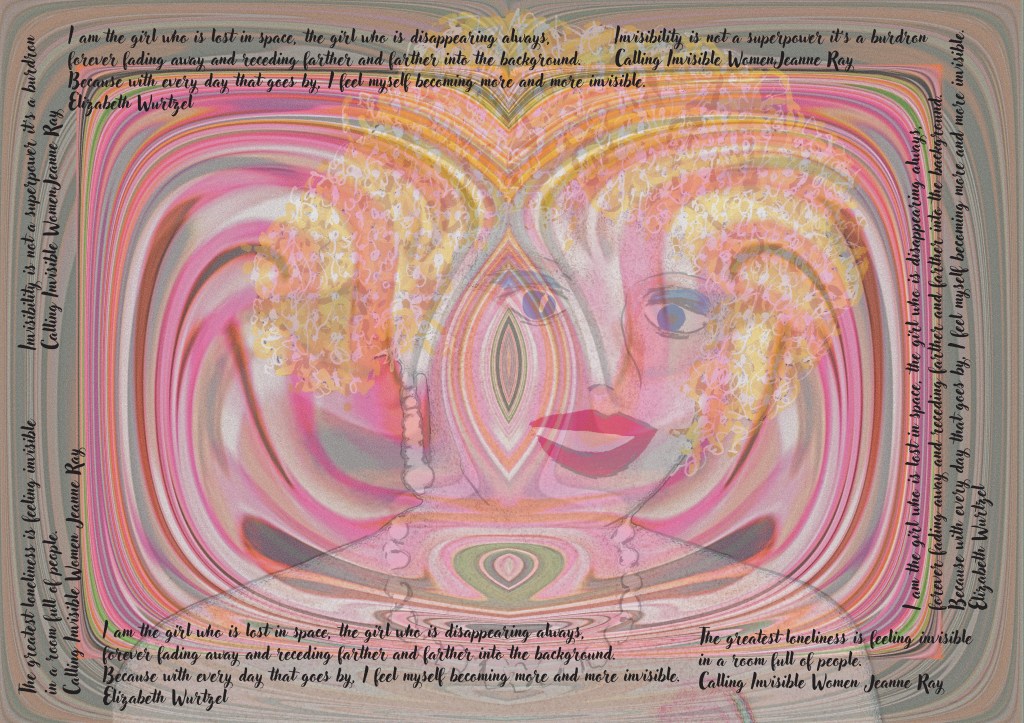
The artist says: ‘Fading Away‘s background is of a series of layered distorted lilies highlighting the invisibility of women as they age. Below is a photo of a rose. As Paulo Coelho says, “The rose is a rose from the time it is a seed to the time it dies. Within it, at all times, it contains its whole potential. It seems to be constantly in the process of change. Yet at each state, at each moment, it is perfectly all right as it is.”’
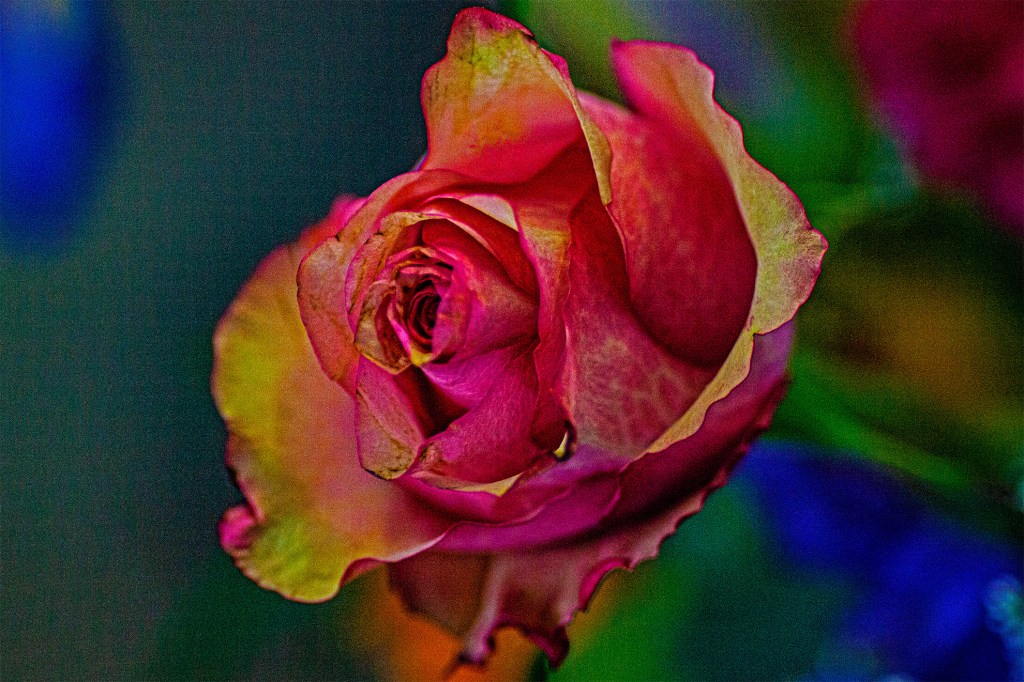
Some Artist Date ideas
A few more suggestions from me and from our community, in case you’re finding it hard to think of Artist Dates. Remember, Artist Dates don’t have to be all about art. They are about refreshing and feeding your personal image bank.
- Visit a leather-working shop and consider all the new materials and tools available. (Not one for vegans!)
- Buy a calligraphy pen and a pot of ink and practise beautiful writing. (You could try do Morning Pages this way too.)
- Pick a different art form to the one you usually favour and see what you can learn from it: painting for writers, music for sculptors, sewing and textiles for poets.
- Scrapbook from old magazines and create a pleasing collage like you used to do in high school.
- Create a mood board on your fridge from old photos, cards or memorabilia.
- If you’re in Melbourne, go to The Art of the Brick LEGO exhibition, or get out some old bricks from the toy box and make something abstract.
- Frame that poster or painting that’s been waiting for attention. Hang it where you love it.
- Watch some creative inspo on Instagram, like this from Florence Given. (Beware, it’s a bit sweary.)
Other resources
- Check out ArtsHub Events listings with options in all states – activities including art exhibitions, theatre, dance, writing festivals.
- Visit ArtsHub‘s The Artist’s Way Community Facebook group to share your journey, connect with others and ask questions. We’d love to hear from you.



